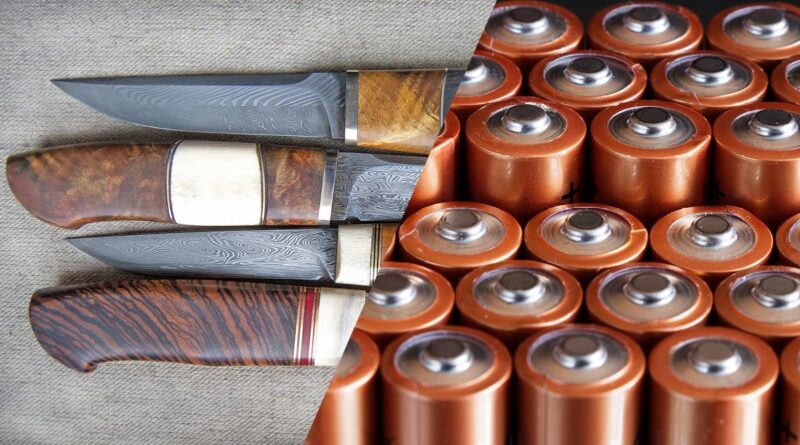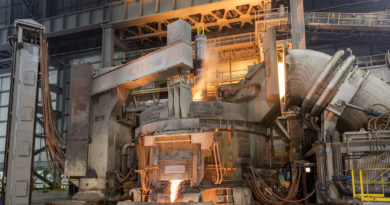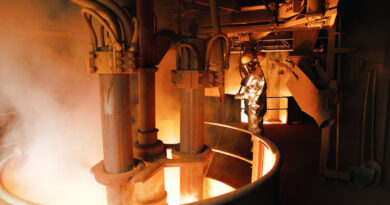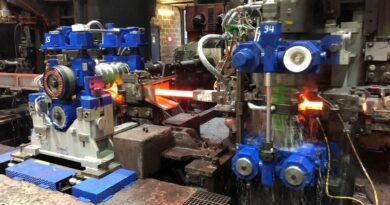Sodium-ion batteries: game changer or window dressing?
Top tier battery supplier Contemporary Amperex Technology Co Ltd (CATL) impressed the industry by unveiling its first-generation sodium-ion (Na-ion) battery on 29 July. The new product is designed for the global transportation electrification and energy storage markets, with an expected timeline of mass production targeting 2023.
The Na-ion cells are composed of a Prussian white cathode and a hard carbon anode, which looks to reach 160 Wh/kg, near-lithium iron phosphate (LFP) specific energy.
Compared to the extensively-used lithium-ion (Li-ion) cells, Na-ion cells have a lower energy density and cycle life but perform better in a wide operational temperature range and are safer. Na-ion cells have a similar working principle to Li-ion cells and are expected to be at least 20% cheaper than LFP due to their lithium-free nature. However, separator and electrolyte costs could be significant and result in Na-ion being more costly.
By taking advantage of the low-temperature performance of Na-ion cells – 90% of high-capacity retention at -20 °C – and the high energy density performance of Li-ion cells, CATL aims to combine both cells into the same electric vehicle (EV) battery pack as the AB battery pack for better results.




